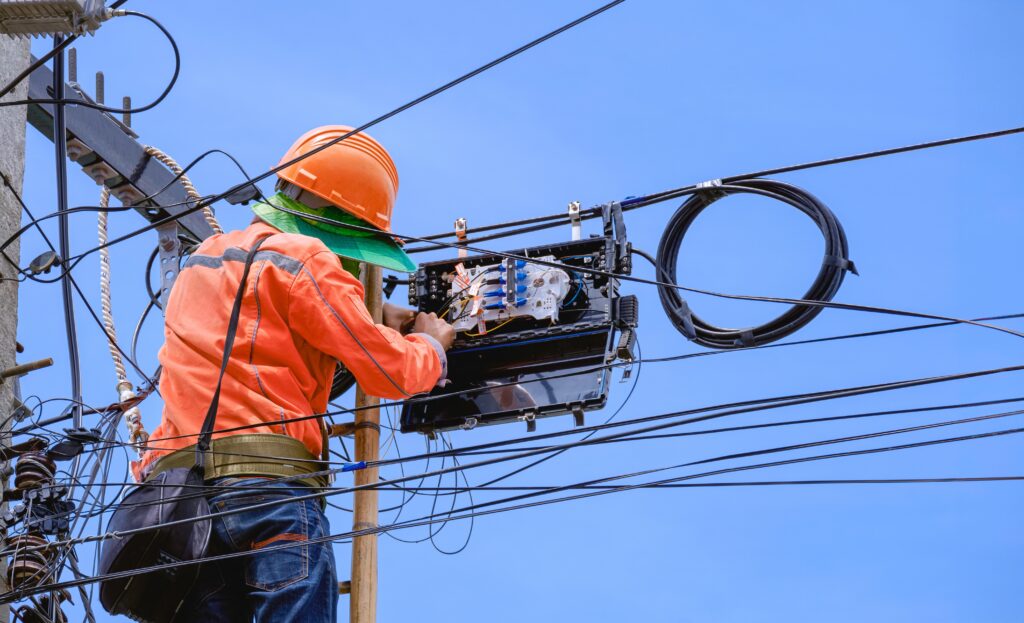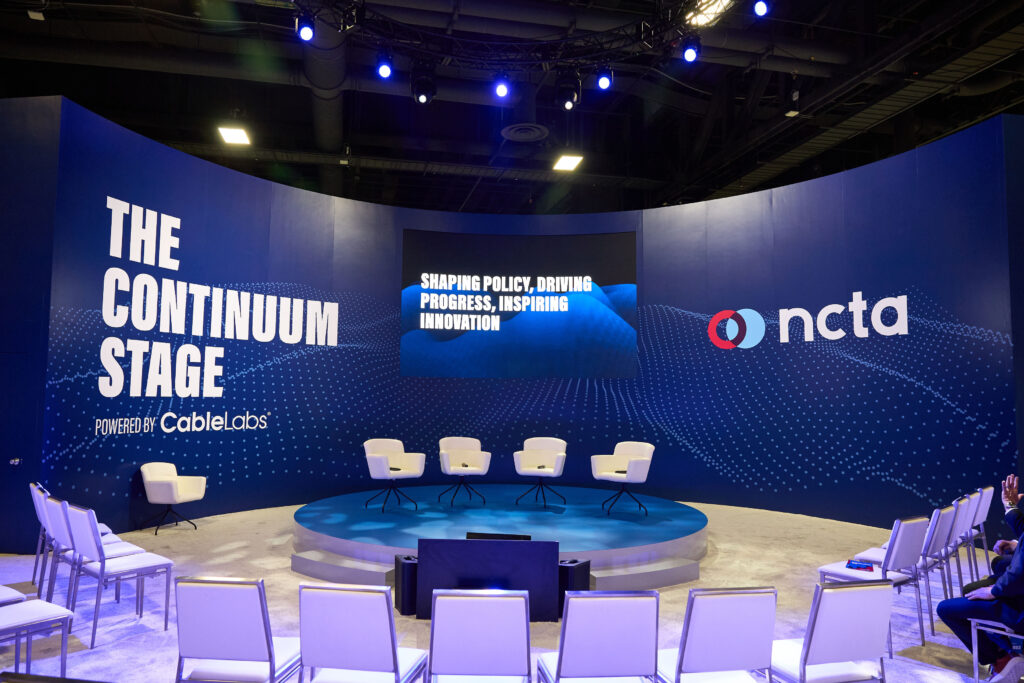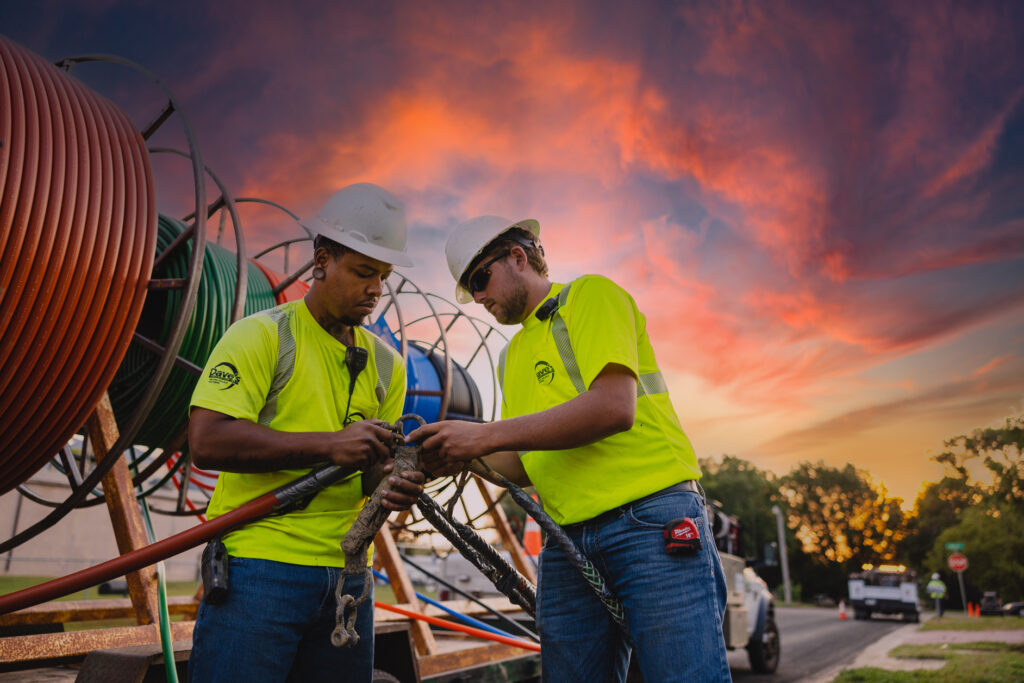Friday is Earth Day, and amid a global conversation about curbing climate change, this week is as good a time as any to reflect on the ways industry standards can play a role in helping our planet. For several years, the cable industry, alongside technology partners, has taken steps to improve the energy efficiency of set-top boxes and small network equipment in order to reduce the energy used and thus the cost to the consumer. Via important voluntary agreements adopted by the cable industry (NCTA and CableLabs) and Consumer Technology Association (CTA), there is a strong commitment to energy savings.
Modems, routers and other internet equipment sold in 2020 for U.S. residential broadband subscribers met the new energy-efficiency goals of the voluntary agreement. At the same time, this equipment has continued to evolve to stay ahead of consumer demand for faster broadband services, reduced latency, improved Wi-Fi signal strength, and increased capacity for more devices at higher speeds within the home.
As for television equipment, set-top boxes have been steadily improving their energy-efficiency for almost a decade. That has resulted in saving $9.3 billion for families across the country. So, not only are consumers saving money, but there is less carbon dioxide, a key greenhouse gas, in the atmosphere.
Because of the success of the voluntary agreements, more rigorous efficiency standards were established for set-top boxes. This is in addition to other content delivery methods, like apps on devices that don’t require a set-top box, that help save energy.
For more information about these voluntary agreements and their success at lowering costs for consumers as well as reducing emissions, be sure to visit NCTA’s position page on the subject, as well as the program’s website with the annual reports further detailing these innovations.







